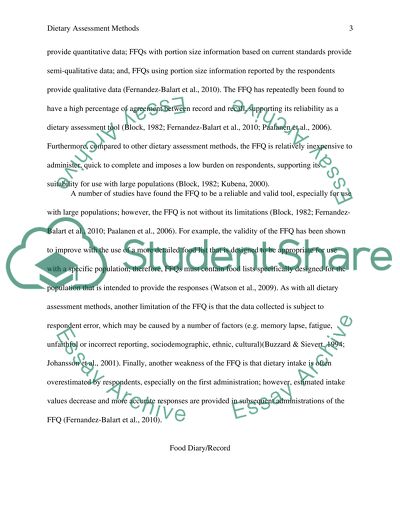Cite this document
(“Dietary Assessment Methods Essay Example | Topics and Well Written Essays - 1000 words”, n.d.)
Retrieved from https://studentshare.org/health-sciences-medicine/1428112-dietary-assessment-in-practice-compare-and
Retrieved from https://studentshare.org/health-sciences-medicine/1428112-dietary-assessment-in-practice-compare-and
(Dietary Assessment Methods Essay Example | Topics and Well Written Essays - 1000 Words)
https://studentshare.org/health-sciences-medicine/1428112-dietary-assessment-in-practice-compare-and.
https://studentshare.org/health-sciences-medicine/1428112-dietary-assessment-in-practice-compare-and.
“Dietary Assessment Methods Essay Example | Topics and Well Written Essays - 1000 Words”, n.d. https://studentshare.org/health-sciences-medicine/1428112-dietary-assessment-in-practice-compare-and.


